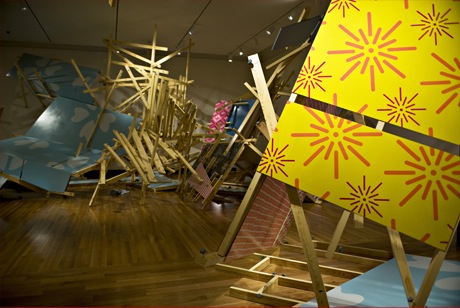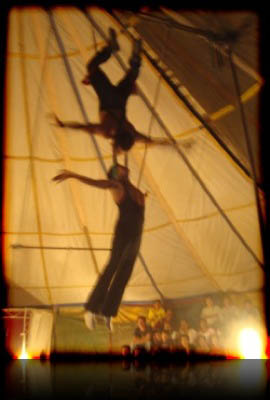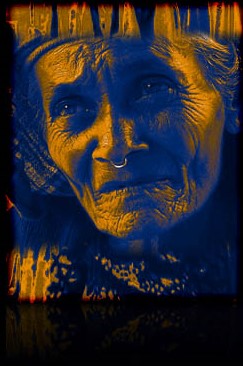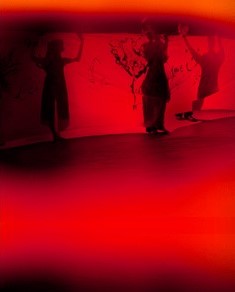A City of Brand Names: (En)Countering Narratives of Development in Qingdao, China Tourism
DOI:
https://doi.org/10.25071/1913-5874/37331Abstract
This paper examines how promotional tourist DVDs construct narratives of corporate space in Qingdao, China. The videos - which are marketed at heritage tourist sites as “video postcards” - are designed to produce a particular chronotope in which the industrialization of Qingdao’s hinterlands emerges inevitably from the landscapes of heritage tourist sites. These spatial narratives are directed at domestic tourists, and take advantage of distinctly Chinese traditions of image-making and tourism. By narrating the connections, for example, between Mount Lao (the birthplace of Taoism) and the Tsingtao Breweries (China’s most famous brand name), the videos and associated tours “place” the body of the tourist in past-time spaces of Chinese heritage, contemporary (imagined) landscapes of unproblematic development, and projected, “branded” landscapes of Qingdao’s (and China’s) future.
References
Anagnost, Ann. National Past-Times: Narrative, Representation, and Power in Modern China. Durham, NC: Duke University Press, 1997.
Bakhtin, Mikhail. The Dialogic Imagination. Ed. Michael Holquist. Trans. Caryl Emerson and Michael Holquist. Austin, TX: University of Texas Press, 1981.
Banks, Marcus. Visual Methods in Social Research. Thousand Oaks, CA: Sage, 2001.
Fairbank, John King and Goldman, Merle. China: A New History. Enlarged Edition. Cambridge, MA: Belknap Press of Harvard University Press, 1998.
Flying Over Qingdao (Fei Yue Qingdao). Dir. Tao Yan. Information Office of Qingdao Municipal People’s Government, Qingdao TV Production, 2002.
French, Howard W. “China Covers Up Violent Suppression of Village Protest.” The New York Times 27 June 2006.
Ho, Samuel S., and Lin, George C.S. “Converting Land to Nonagricultural Use in China’s Coastal Provinces.” Modern China. 30.1 (2004): 81-112.
“Lower Level Police Get Added Training.” People’s Daily Online. 27 Feb. 2009. 27 Feb. 2009 http://english.people.com.cn/90001/6602279.html.
Ngai, Pun. Made in China: Women Factory Workers in a Global Workplace. Durham, NC: Duke University Press, 2006.
Oborne, Michael. China’s Special Economic Zones. Paris: OECD, 1986.
Pan, Esther. “China’s Angry Peasants.” Council on Foreign Relations. 15 Dec. 2005.
Qingdao Economic and Technical Development Area Official Website. 3 Dec. 2008. http://www.qda.gov.cn/en/report2-1.htm.
Qingdao, China (Zhongguo Qingdao). Prod. Liquan Wang. Information Office of Qingdao Municipal People’s Government, Qingdao TV Production, 2006.
Rofel, Lisa. Other Chinas: Gendered Yearnings in China After Socialism. Berkeley: University of California Press, 1999.
Smith, Christopher J. “Imagining a Postmodern China? Excercising the Geographical Imagination.” Imagining China: Regional Division and National Unity. Taipei, Taiwan: Institute of Ethnology, Academia Sinica, 1999.
Sofield, Trevor H.B., and Li, Fung Mei Sarah. “Tourism Development and Cultural Policies in China.” Annals of Tourism Research. 25.2 (1998): 362-92.
Stewart, Susan. On Longing: Narratives of the Miniature, the Gigantic, the Souvenir, the Collection. Baltimore: The Johns Hopkins University Press, 1985.





